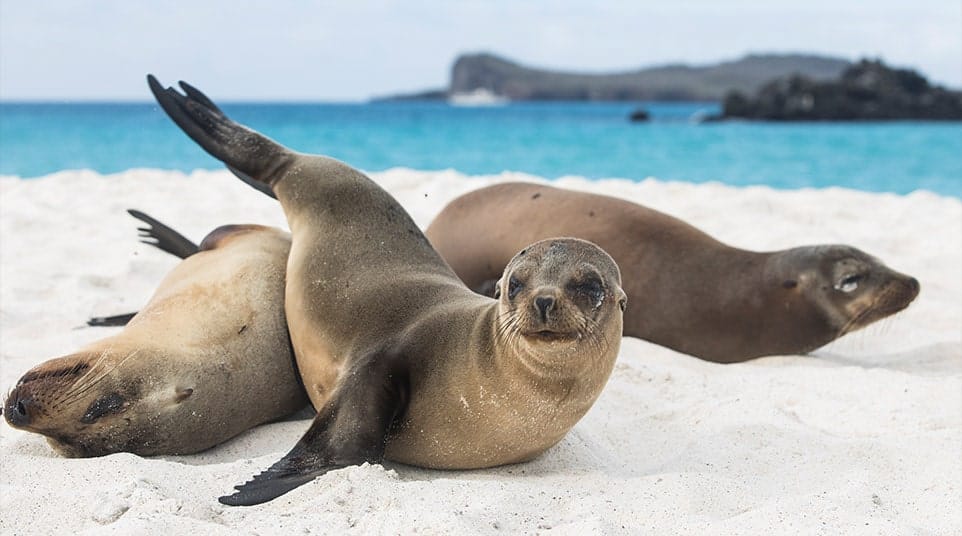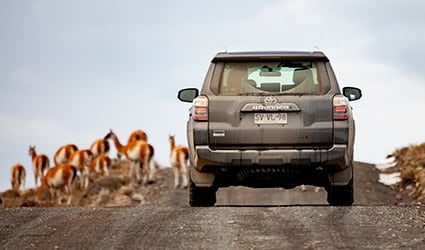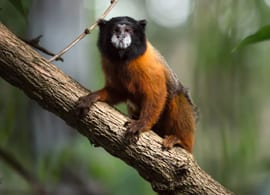- Home >
- Travel Guide >
- Galapagos travel guide >
- Galapagos Animals & Wildlife >
- Galapagos Sea Lion
Name: Galapagos Sea Lion
Family: Otariidae
Scientific Name: Zalophus californianus
Length: Up to 230cm (91 in)
Weight: Males up to 250kg (551 lbs)
Females up to 120kg (265 lbs)
The Galapagos Sea Lion is a common mammal in the islands and is endemic to the archipelago. It is subspecies wollebacki of the California Sea Lion, considered by some authorities to be a full species.
Galapagos sea lions are found in the shore zone and occasionally seen at sea away from land when fishing. Population in Galapagos is estimated to number 50,000.
Identification:
The body of a Galapagos sea lion is large and conspicuous and rather thinly furred. ADULT MALE: Considerably larger than Galapagos sea lion females, with a steeply sloping forehead and raised crown, and a very thick neck when fully mature. Fur dark brown, often appearing black when wet. ADULT FEMALE: Considerably smaller than adult Galapagos sea lion male and much more graceful, with a dog-like muzzle. Fur creamy brown, appearing dark brown when wet.
Behavior:
Galapagos sea lions form often large colonies on sandy beaches. Males are highly territorial, particularly during the mating season which runs from May to December, coinciding with the Garua season, vigorously defending their territories against intruders. Male Galapagos sea lions take up to ten years to become fully mature but are sexually active at about six or seven; female Galapagos sea lions are fully mature at between six and eight years but can be sexually active at three years old. Pups are born during the Garua season, although colonies on different islands give birth at different times, often up to three months apart. Immature Galapagos sea lion males form discrete groups known as "bachelor colonies". Galapagos sea lions are often very inquisitive and playful in the water and individuals regularly engage in body-surfing, often in large waves. They are great companions while snorkeling on a Galapagos cruise. They feed during the day.















